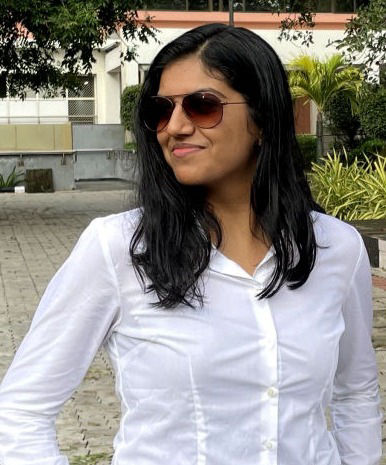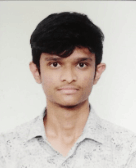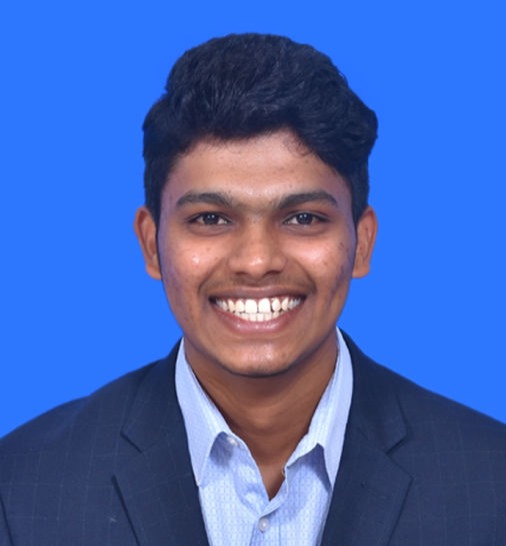
Kushan Raj
B.Tech: Bioengineering
Masters: Complex Systems and Dynamics
BE19B004
A Comprehensive Survey on Diffusion Models and their impact on Medical Imaging
Video
Advisor: Prof Srinivas Chakravarthy
The integration of advanced image generation techniques in medical imaging holds significant promise for improving healthcare outcomes. This thesis examines the use of Denoising Diffusion Probabilistic Models (DDPMs) in medical imaging to overcome data scarcity and variability. It details the theory behind diffusion models, including innovations like Latent Diffusion Models, ControlNet, and Classifier-Free Guidance. We were able to produce the best-in-class DDPM for medical image generation, beating previous models, though the research is still in the nascent stage. Experimental results demonstrate the capability of these models to generate realistic medical images, potentially transforming medical research and enhancing tumour detection.
Thesis
Placement Adobe | Sarvam AI

Abhigna Prasad
B.Tech: BioengineeringMasters: Complex Systems and Dynamics
BE19B011
Reconstruction of ECG signal with an ensemble of hopf oscillators
Video
Advisor: Prof Srinivas Chakravarthy
This study presents a novel approach to model the electrocardiogram (ECG) signal using an oscillatory deep neural network. Understanding the electrical activity of the heart through mathematical modelling is important for diagnosing cardiac disorders. Traditional models become computationally intractable by incorporating too many variables. This work aims to present a simplified model of the heart by reconstructing the ECG signal with a network of coupled Hopf oscillators, allowing parameter identification and mechanistic analysis. The model consists of two stages: an oscillatory stage where oscillator frequencies, connection strengths, and coupling weights are trained via Hebbian plasticity; and a feedforward stage employing a complex-valued multilayer perceptron trained with backpropagation. The power coupling of oscillators enables oscillators with heterogeneous frequencies to be coupled and trained to reconstruct ECG signals. The reconstruction model was evaluated on ECG data from healthy participants to obtain a correlation coefficients up to 0.99 for training data. However, the highly nonlinear nature and large number of parameters limit generalization beyond the training duration. All in all, the model aims to provides a framework for understanding cardiac dynamics and its integration with brain models could offer insights into brain-heart interactions relevant for conditions like depression and epilepsy.
Placement Uniorbit Technologies

Kartik
B.Tech: BioscienceMasters: Complex Systems and Dynamics
BS19B017
Experimental Data for Visual Search in Parkinson Disease
Video
Advisor: Prof Srinivas Chakravarthy
This thesis explores computational models of decision-making, learning, and action selection, inspired by basal ganglia function, to improve Parkinson's disease research. Using Actor-Critic architectures and Temporal Difference learning, it addresses the complexity of motor control and reinforcement learning, aiming to enhance both fundamental and clinical neuroscience.
Thesis
Placement Axtria




